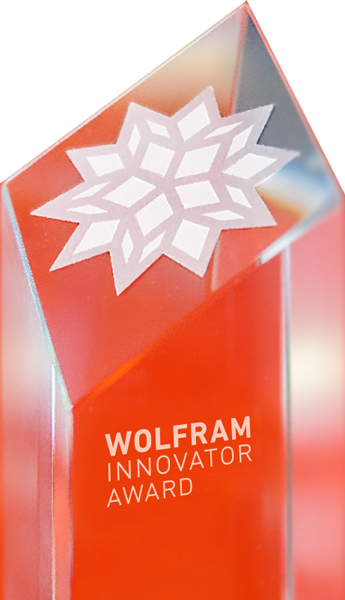Nathan Myhrvold
Intellectual Ventures
Areas: 3D Printing, Asteroids, Biostatistics, Computer Science, Global Health and Development, Image and Signal Processing, Image Processing, Nuclear Energy, Paleontology, Planetary Science, Statistics, Theoretical Physics
Dr. Nathan Myhrvold is a prominent scientist, technologist, inventor, author and food photographer. In a 14-year tenure at Microsoft, Myhrvold led advanced technology and business development groups, founded Microsoft Research, managed an R&D budget of $2 billion and served as the company’s chief strategist and chief technology officer. Myhrvold previously had cofounded Dynamical Systems Research, a software company, and worked as a postdoctoral fellow in the Department of Applied Mathematics and Theoretical Physics at Cambridge University, where his research with Professor Stephen Hawking centered on quantum theories of gravitation. Myhrvold has published peer-reviewed research in planetary science, paleontology and climate science.
In 2000, after retiring from Microsoft, Myhrvold founded Intellectual Ventures (IV), which he leads as CEO and one of its most prolific inventors, with more than 850 US patents awarded. Myhrvold is vice chairman of TerraPower, a pioneer in advanced nuclear energy. He also has served as an adviser to startup companies that IV has launched to commercialize advanced metamaterials technologies.
Myhrvold is the author of seven Modernist Cuisine culinary and photography books and a pioneer of innovative photography techniques and equipment. His most recent landscape photography book Natural Wonders is published by National Geographic and is on sale now.
Myhrvold holds a doctorate in theoretical and mathematical physics, as well as a master’s degree in mathematical economics, from Princeton University. His master’s degree in geophysics and space physics, as well as his bachelor’s degree in mathematics, are from the University of California, Los Angeles.

